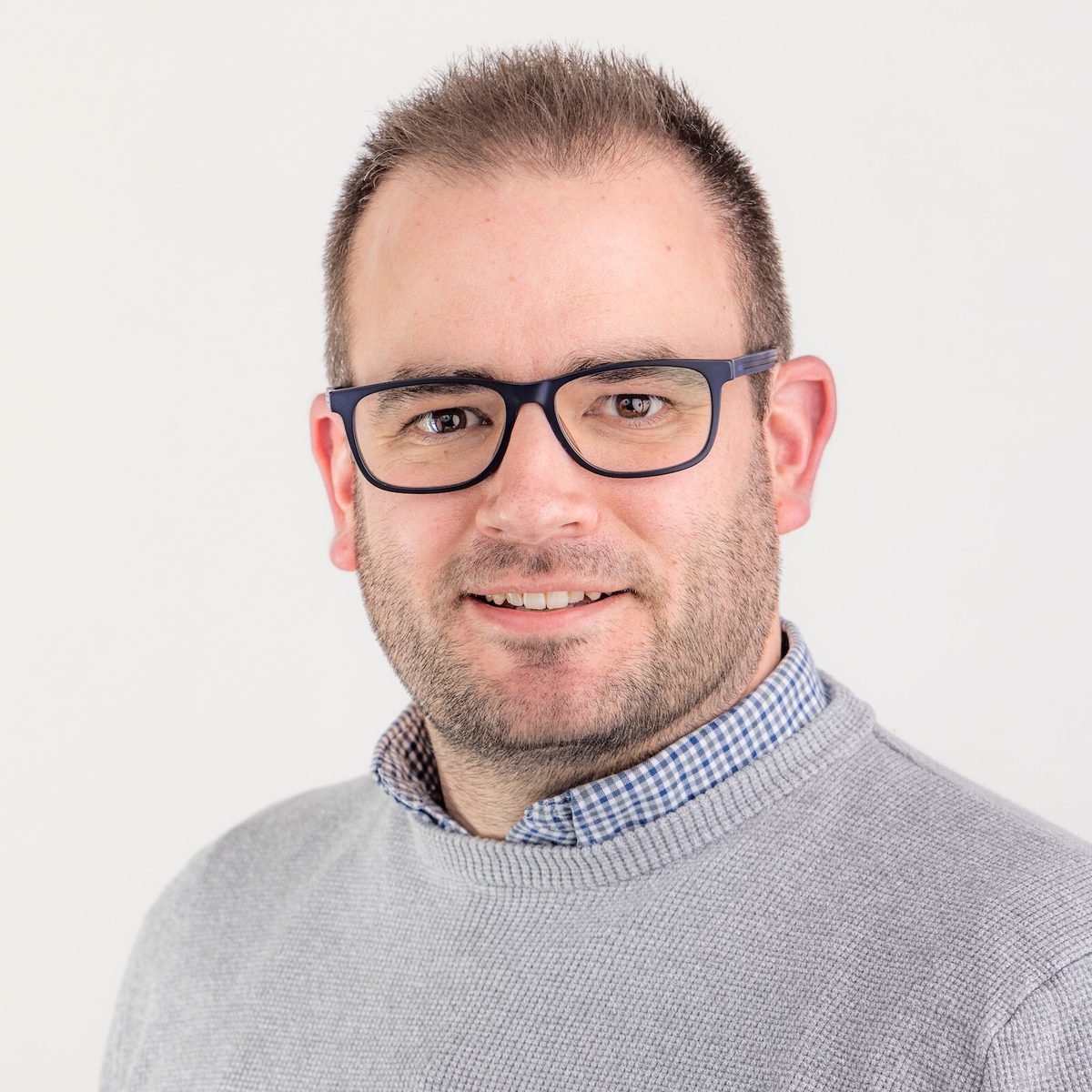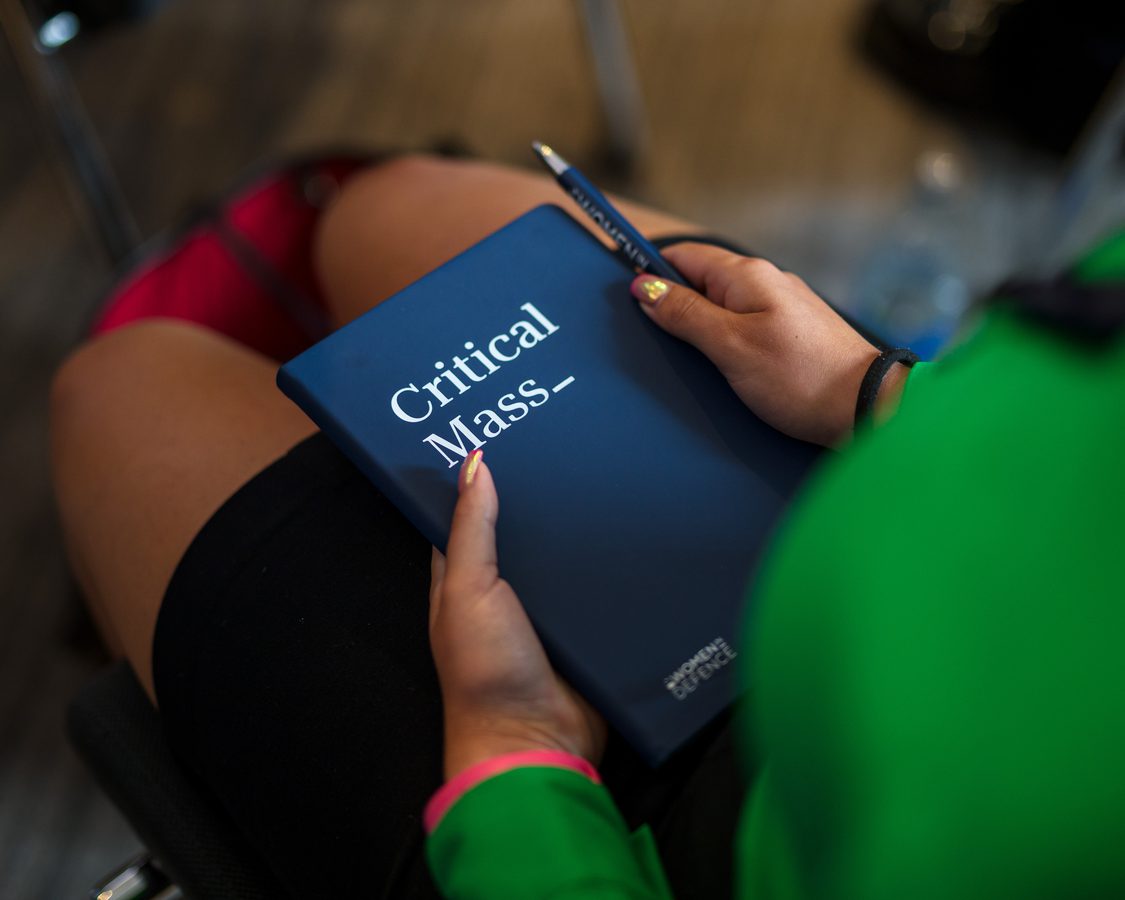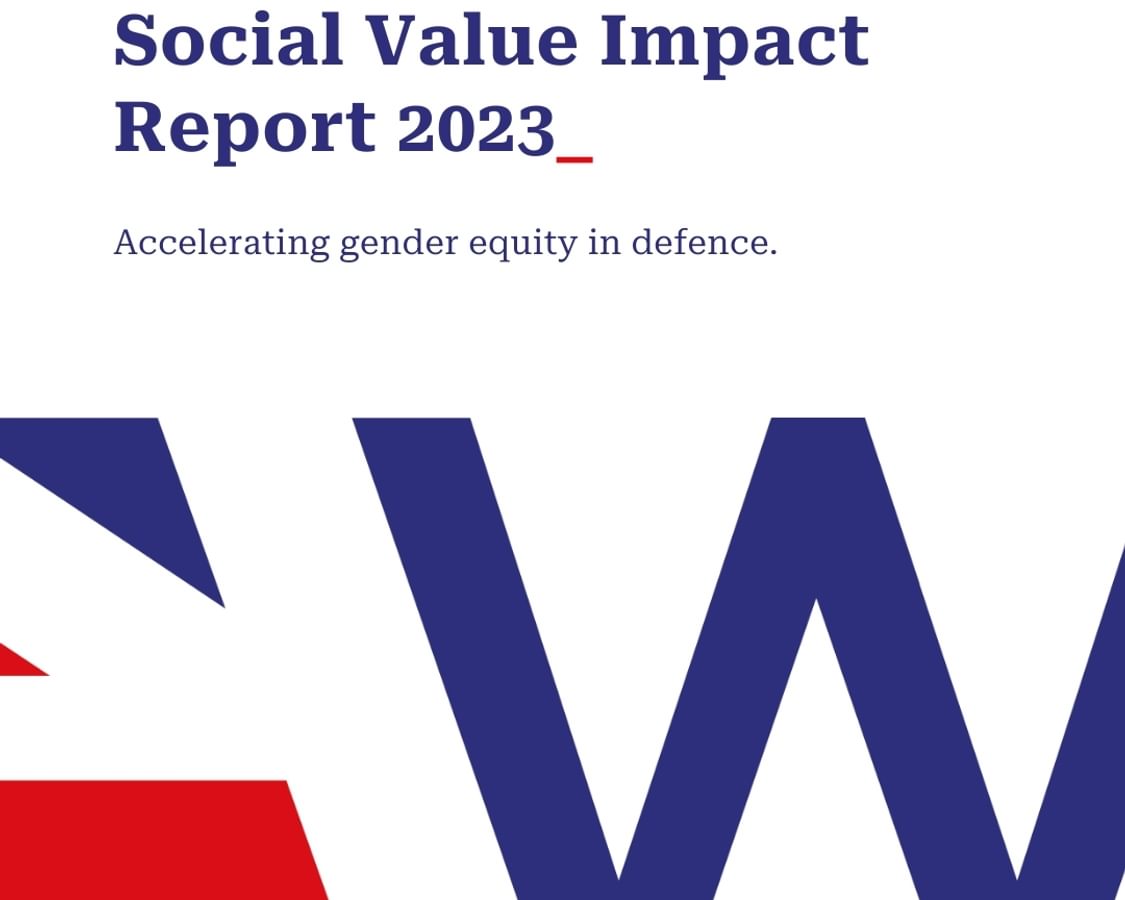Long before I entered the field of Diversity, Equity and Inclusion (DE&I), people have been searching for the golden ticket, that one ‘big bang’ action that will solve inequality in the workplace.
But progress in our world is rarely made through ‘big bangs’. It’s more likely to come through a series of modest but well-researched and clearly defined actions that are linked by a clear purpose. This builds momentum, action and accountability.
I firmly believe such actions are taking us towards a critical mass when the tide will turn and the benefits of an inclusive culture are beyond all doubt, but we still need to know what this ‘brave new world’ will look like and how we’ll get there.
That’s why I pulled my team together at the start of this year and agreed a clear vision for our DE&I Centre of Excellence: to build a diverse workforce by enabling a culture of inclusion, equity and belonging through meaningful action, collaborative partnerships and role modelling the right behaviours.
We also looked at why we’re doing this. What value it adds, how it connects to our company strategy and importantly, what’s next?
To answer these questions, we’ve built our approach on four pillars:
- Inform – build understanding and awareness.
- Empower – provide colleagues with the tools they need to enable an inclusive culture.
- Develop – expand on our achievements but also ensure equitable development opportunities.
- Inspire – motivate action for a sustained change agenda.
A good example of how we’ve adopted this approach and taken another small step towards realising our vision can be found in our introduction of a gender decoder. It’s a handy tool typically used in recruitment that scans for gender bias in the wording of job adverts and suggests more inclusive alternatives.
Here’s how we introduced the gender decoder using our four-pillars approach:
Inform
You have to identify a problem before you can solve it.
Women are still under-represented in the defence industry. Apart from the lack of female role models and the generally poor understanding of what opportunities are available, research by the Harvard Business Review adds another element.
It tells us that while men and women browse and look for jobs in a similar way, women are 16% less likely to apply to a job after viewing it, and also apply to 20% fewer jobs than men. The reason? Women hold back if they don’t meet 100% of the criteria while men usually apply after meeting about 60%.
These statistics make it clear that more is needed to encourage women to ‘go for it’, even if they don’t meet every single criteria of a job role.
Empower
We knew we had to empower our recruitment teams with a tool that would help them reach this untapped source of women applicants, so we brought in talent solutions specialist AMS and put them to work. One simple but effective result was their gender decoder.
The decoder works by searching job descriptions for gendered language and replacing words and phrases with more inclusive alternatives. Some gendered language is easy to spot, such as ‘businessman’ or ‘chairman’, but other language is less obvious. For example, words such as ‘competitive’, ‘dominant’ or ‘leader’ are often associated with male stereotypes, while ‘support’, ‘understand’ and ‘interpersonal’ are associated with female stereotypes. This meant that instead of using language such as ‘you’ll have the opportunity to be an active leader,’ we used the more inclusive ‘you’ll have the opportunity to truly make an impact’.
It made a difference. When recruitment teams first started using the AMS gender decoder in 2021 to weed out masculine and feminine words, 7% more women applied, with hires increasing by 4%.
Develop
As with most aspects of the DE&I field, it’s risky to sit on your laurels. That’s why we’re capturing feedback from new recruits on how they read our job adverts, how this fits with their wider perception of BAE Systems and whether they’d recommend the company as an inclusive employer.
We’re also committed to making inclusive language a natural part of how we do business, not just something to be aware of when writing a job advert. That’s why we’re working hard to build inclusive principles into our day-to-day communications.
Inspire
Finally, we’re giving our inclusive role models the chance to tell their story.
We’ve got fantastically talented women at BAE Systems who decided to ‘go for it’; women who built a rewarding career and who can show others what’s possible with a little self-belief and the right support behind them.
As an unashamed bit of promotion, I’m delighted to say we were finalists in four categories at the 2023 Women in Defence Awards, with Dr Mary Haigh winning the Champion for Maximising Talent category. Our other finalists were:
- Bethany Lowe, engineer – Equity of Opportunity category.
- Gender Equity Network (GEN) – Inclusive Teamwork category.
- BAE Systems – Most Improved Charter Signatory category.
In the weeks and months ahead we’ll be sharing what they’ve all achieved and learned, using them as a source of inspiration for today’s employees and tomorrow’s recruits.
Do less, better
By using our four-pillar approach to drive the introduction of the gender decoder, we’ve kept our focus on what we needed to deliver and why.
It allowed us to take a step back, look at the problem to be solved and draw a clear line of sight back to our business objectives.
As an American counterpart of mine told me, ‘we need to hurry up, and slow down’ within the field of DE&I by being more disciplined in both the number and kind of projects we take on.
Applying the Four-pillar approach across all our DE&I work means we can concentrate on those actions which will make a measurable difference, to ‘do less better’ and allow the seeds we’ve planted to grow.
This, ultimately, is what will take us into our ‘brave new world’.



